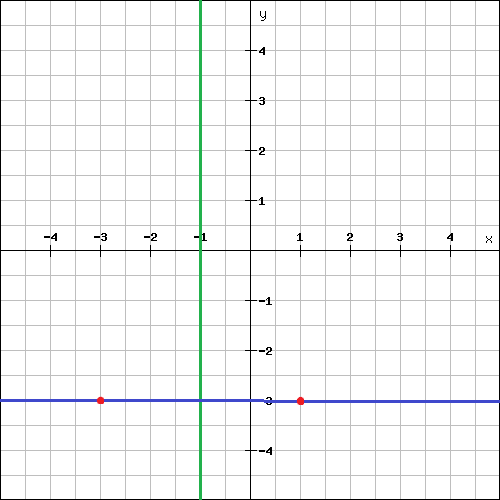Events & Promotions
|
|

GMAT Club Daily Prep
Thank you for using the timer - this advanced tool can estimate your performance and suggest more practice questions. We have subscribed you to Daily Prep Questions via email.
Customized
for You
Track
Your Progress
Practice
Pays
Not interested in getting valuable practice questions and articles delivered to your email? No problem, unsubscribe here.
- Nov 20
07:30 AM PST
-08:30 AM PST
Learn what truly sets the UC Riverside MBA apart and how it helps in your professional growth - Nov 22
11:00 AM IST
-01:00 PM IST
Do RC/MSR passages scare you? e-GMAT is conducting a masterclass to help you learn – Learn effective reading strategies Tackle difficult RC & MSR with confidence Excel in timed test environment - Nov 23
11:00 AM IST
-01:00 PM IST
Attend this free GMAT Algebra Webinar and learn how to master the most challenging Inequalities and Absolute Value problems with ease. - Nov 25
10:00 AM EST
-11:00 AM EST
Prefer video-based learning? The Target Test Prep OnDemand course is a one-of-a-kind video masterclass featuring 400 hours of lecture-style teaching by Scott Woodbury-Stewart, founder of Target Test Prep and one of the most accomplished GMAT instructors.
Kudos
Bookmarks
A
Be sure to select an answer first to save it in the Error Log before revealing the correct answer (OA)!
Difficulty:
 35%
(medium)
35%
(medium)
Question Stats:
66% (01:28) correct 34%
(01:34)
wrong
34%
(01:34)
wrong  based on 5657
sessions
based on 5657
sessions
History
Date
Time
Result
Not Attempted Yet
In the xy-coordinate plane, is point R equidistant from points (-3,-3) and (1,-3) ?
(1) The x-coordinate of point R is -1.
(2) Point R lies on the line y = -3.
(1) The x-coordinate of point R is -1.
(2) Point R lies on the line y = -3.
Kudos
Bookmarks
In the xy-coordinate plane, is point R equidistant from points (-3,-3) and (1,-3) ?
Look at the diagram below:

Notice, that the green line (x=-1) is the perpendicular bisector of the line segment with endpoints (-3,-3) and (1,-3), thus ANY point on this line will be equidistant from points (-3,-3) and (1,-3).
(1) The x-coordinate of point R is -1 --> point R is on the green line. Sufficient.
(2) Point R lies on the line y = -3 --> point R may or may not be on the green line. Not sufficient.
Answer: A.

Equidistant points.png [ 9.68 KiB | Viewed 86862 times ]
Look at the diagram below:
Notice, that the green line (x=-1) is the perpendicular bisector of the line segment with endpoints (-3,-3) and (1,-3), thus ANY point on this line will be equidistant from points (-3,-3) and (1,-3).
(1) The x-coordinate of point R is -1 --> point R is on the green line. Sufficient.
(2) Point R lies on the line y = -3 --> point R may or may not be on the green line. Not sufficient.
Answer: A.
Attachment:
Equidistant points.png [ 9.68 KiB | Viewed 86862 times ]
Originally posted by BrentGMATPrepNow on 08 Aug 2017, 09:10.
Last edited by BrentGMATPrepNow on 04 Dec 2021, 07:26, edited 1 time in total.
Last edited by BrentGMATPrepNow on 04 Dec 2021, 07:26, edited 1 time in total.
Kudos
Bookmarks
Walkabout
Target question: Is point R equidistant from points (-3,-3) and (1,-3)?
This question is a great candidate for rephrasing the target question.
First sketch the two given points

Notice that the point (-1, -3) is equidistant from the two given points. MORE IMPORTANTLY, every point on the line x = -1 is equidistant from the two given points.

So, we can rephrase the target question . . .
REPHRASED target question: Is point R on the line x = -1?
Statement 1: The x coordinate of point R is -1
If the x-coordinate is -1, then point R is definitely on the line x = -1
Since we can answer the REPHRASED target question with certainty, statement 1 is SUFFICIENT
Statement 2: Point R lies on the line y= -3
This tells us nothing about whether point R is on the line x = -1?
Since we cannot answer the REPHRASED target question with certainty, statement 2 is NOT SUFFICIENT
Answer: A
RELATED VIDEO














